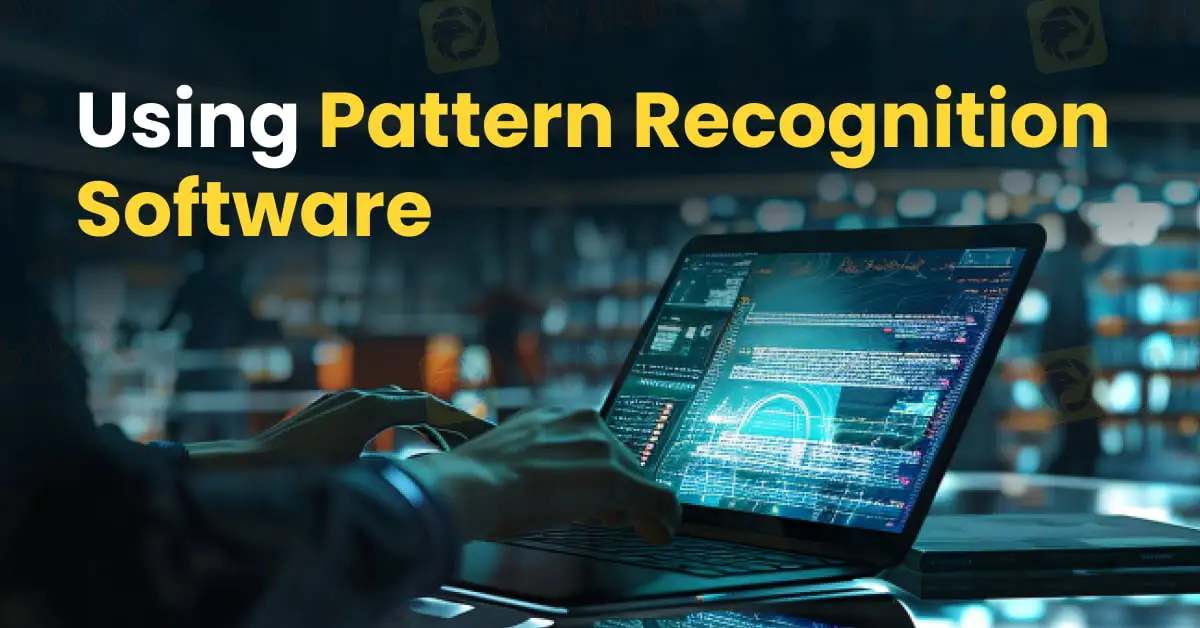简体中文
繁體中文
English
Pусский
日本語
ภาษาไทย
Tiếng Việt
Bahasa Indonesia
Español
हिन्दी
Filippiiniläinen
Français
Deutsch
Português
Türkçe
한국어
العربية
Using Forex Pattern Recognition Software
Abstract:Forex pattern recognition software offers automated, real-time detection of classical chart formations (head & shoulders, triangles, flags, and more), so you can react faster and trade with greater confidence.

Introduction
Forex pattern recognition software offers automated, real-time detection of classical chart formations (head & shoulders, triangles, flags, and more), so you can react faster and trade with greater confidence.
What Is Forex Pattern Recognition Software?
Forex pattern recognition software is a specialized tool that Scans Live Price Charts across dozens of currency pairs and timeframes. Detects & Labels classical chart patterns as they form. Alerts Traders via pop-ups, emails, or mobile notifications when high‑probability setups emerge.
Forex pattern recognition software can eliminate guesswork and free you to focus on execution and risk management.
Key Benefits
- Speed & Coverage
- Monitors dozens of pairs simultaneously, 24/5
- Flags patterns in seconds, not minutes
- Consistency & Objectivity
- Applies uniform criteria to every pattern, reducing “human bias”
- Backtesting & Statistics
- Most platforms offer performance metrics (win rate, average R) for each pattern
- Customization
- Filter by pattern type, timeframe, minimum breakout distance, etc.
Core Features to Look For
| Feature | Why It Matters |
| Pattern Library | More patterns = broader edge |
| Custom Alerts | Never miss a setup on your favorite pair |
| Visual Interface & Overlays | Clear labeling directly on your charts |
| Backtest Module | Validate pattern performance history |
| Integration with Your Broker | One-click entry/exit from your platform |
Integrating Pattern Recognition into Your Workflow
- Select Your Timeframe & Pairs
- Decide whether youll scalp on M5–M15 or swing on H4–Daily
- Prioritize the most liquid majors (e.g., EUR/USD, USD/JPY)
- Define Your Criteria
- Choose pattern types (e.g., only reversal patterns)
- Set minimum pattern size (e.g., 50‑pip head & shoulders)
- Backtest & Filter
- Use historical data to gauge which patterns have performed best on your chosen pairs/timeframes
- Filter out low‑probability setups
- Real‑Time Monitoring & Alerts
- Keep the software running alongside your trading platform
- React instantly to alert pop-ups or mobile notifications
- Confirm with Price Action / Indicators
- Add a layer of confirmation—RSI divergence, volume spike, or moving‑average crossover—before pulling the trigger
Tips for Maximizing Success
- Dont “Set and Forget”: Always eyeball the pattern and context; no algorithm is foolproof.
- Combine with Fundamental News: A perfect “cup & handle” on GBP/USD could still fail if a surprise BOE rate cut hits the tape.
- Keep Risk Small: Default to 1–2% of account equity per trade.
- Update & Calibrate: Software vendors often tweak detection rules—make sure youre on the latest version.
Common Pitfalls to Avoid
- Over‑Optimization: A pattern that “backtests” brilliantly may be curve‑fitting.
- Alert Fatigue: Too many low-quality signals lead to screen‑tuning and missed trades.
- Ignoring Market Structure: Patterns in a strong trend may behave differently.
Conclusion
Forex pattern recognition software can be a game changer, streamlining your technical analysis and spotlighting high-probability opportunities in real-time. By choosing a platform with robust features, integrating it thoughtfully into your workflow, and maintaining disciplined risk management, youll be well on your way to capitalizing on chart patterns more consistently than ever before.
Q&A
Q1: Are Forex pattern recognition tools suitable for beginners?
Many platforms offer guided tutorials and intuitive interfaces. Newbies benefit from the visual overlays and alerts.
Q2: Whats the best timeframe for pattern recognition?
It depends on individual trading style. Scalpers often favor M5–M15, while swing traders look at H4–Daily. Higher timeframes typically deliver more reliable signals.
Q3: How do I avoid false breakouts?
Combine pattern alerts with volume confirmation. Some software also allows you to set minimum breakout distances to filter out minor moves.
Q4: Can I use multiple pattern scanners at once?
Yes, but running two tools simultaneously can lead to conflicting signals and “alert fatigue.” Its better to master one reliable platform.

Disclaimer:
The views in this article only represent the author's personal views, and do not constitute investment advice on this platform. This platform does not guarantee the accuracy, completeness and timeliness of the information in the article, and will not be liable for any loss caused by the use of or reliance on the information in the article.
WikiFX Broker
Latest News
Forex24 Faces CySEC Fine for Late Compliance Filing
One Wrong Move Wiped Out a Government Retiree’s Lifetime Savings
MH Markets Review 2025: Trading Platforms, Pros and Cons
Octa FX in Pakistan: The Complete Guide to Local Payments, Regulation, and Support
Mekness Review: Traders Report Alleged Fund Scams & Account Blocks
INTERPOL, AFRIPOL Crack Down on Africa Terror Finance
Forex Scam Checker Philippines: Verify Brokers with WikiFX
"Our Business Has Died": Texas Services Sector Sentiment Slumps Further In October
D Prime to Exit Limassol Office Amid Doo Group Restructure
Fake Trading Platforms Are Spreading Fast Across Asia | How Investors Are Being Tricked
Currency Calculator



